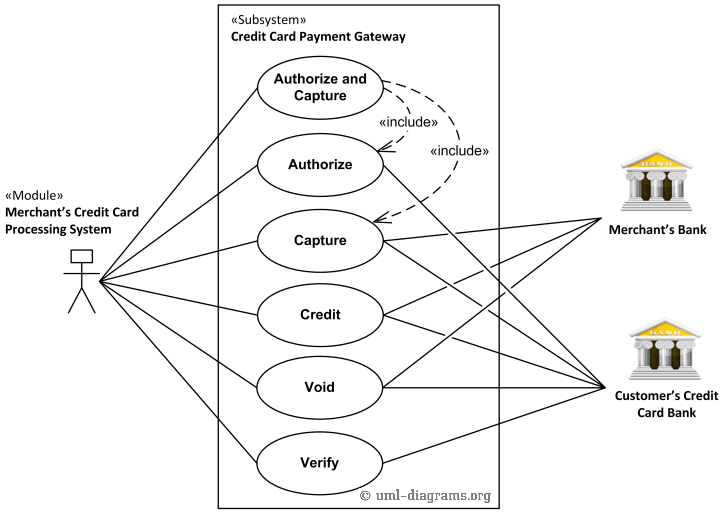

The marketing and commercial distribution of these products to consumers and end users in a number of forms including natural gas, diesel oil, petrol, gasoline, lubricants, kerosene, jet fuel, asphalt, heating oil, LPG (liquefied petroleum gas) as well as a number of other types of petrochemicals. This means refining crude oil and purifying natural gas. What is downstream? - Downstream refers to the filtering of the raw materials obtained during the upstream phase.Transportation can include anything from tanker ships to pipelines and trucking fleets. Once resources are recovered, it has to be transported to a refinery, which is often in a completely different geographic region compared to the oil and gas reserves. What is midstream? - Midstream entails the transportation, storage, and processing of oil and gas.This involves the search for underwater and underground natural gas fields or crude oil fields and the drilling of exploration wells and drilling into established wells to recover oil and gas. What is upstream? - Upstream is E&P ( exploration and exploration).The energy sector has three key areas: Upstream, midstream and downstream. What are the different oil and gas sectors?

In this introduction to the oil and gas industry, we provide a snapshot of the petroleum sector.

In regions which house the major NOCs, these oil and gas companies are so vital they often contribute a significant amount towards national GDP. Considered being the biggest sector in the world in terms of dollar value, the oil and gas sector is a global powerhouse using hundreds of thousands of workers worldwide and generating hundreds of billions of dollars globally each year.


 0 kommentar(er)
0 kommentar(er)
